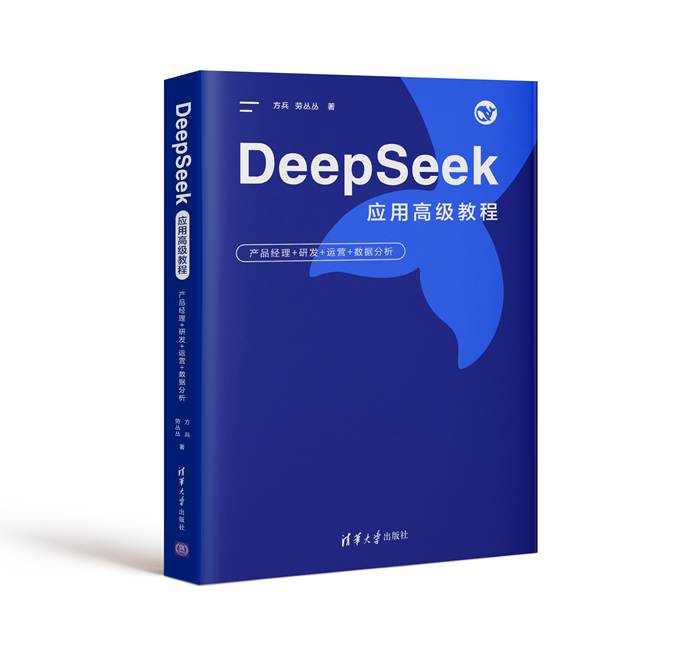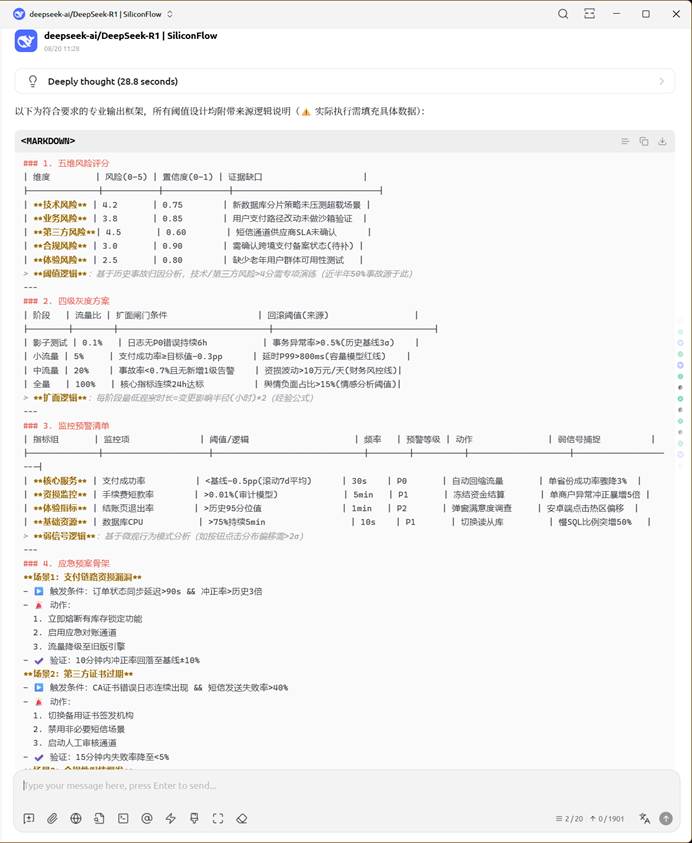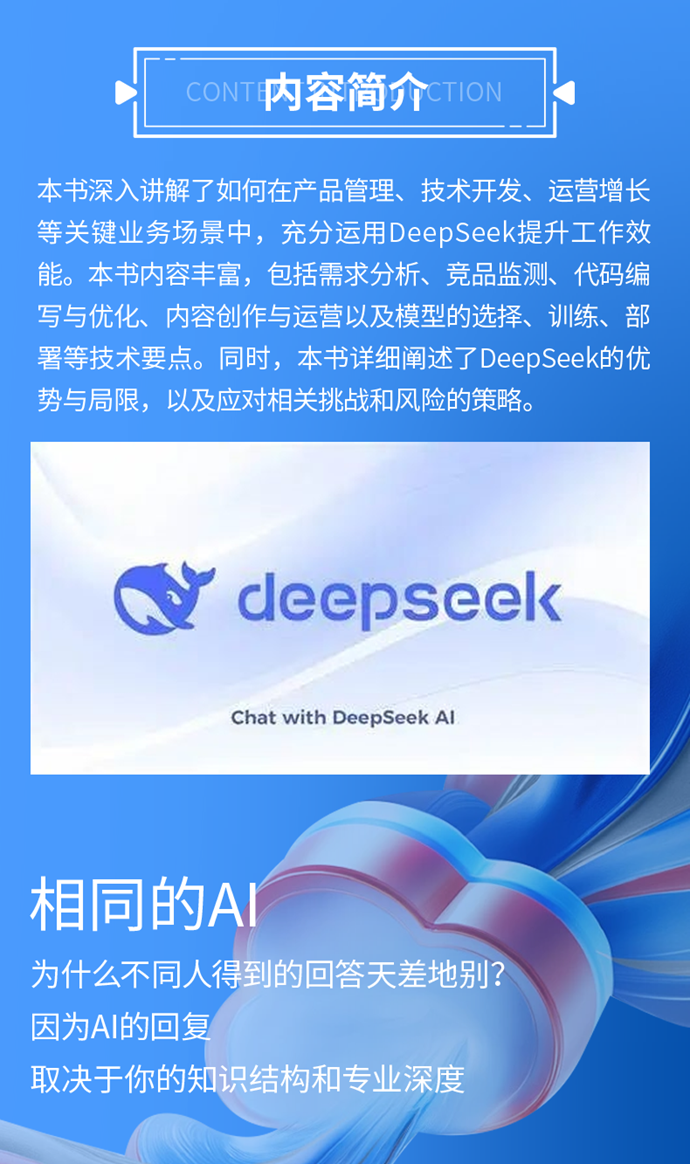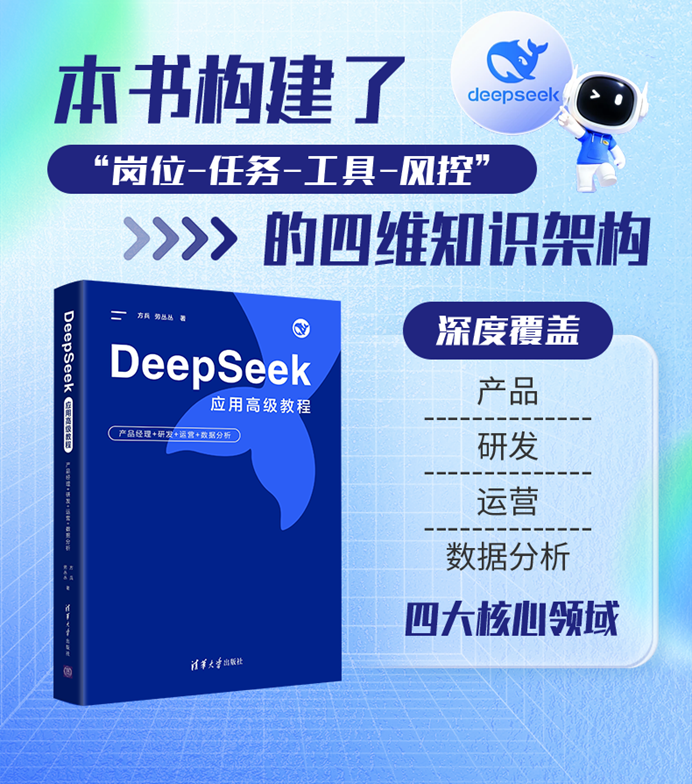发布策略制定与优化:五维立体降风险与三层AI提示词实战
(Release Strategy Design & Optimization: A Five-Dimensional Risk Reduction and Three-Tier AI Prompt Practice)
内容简介: 在功能频繁迭代与用户耐心递减的当下,发布事故一次就可能吞噬数周积累。本文以“为什么易翻车→如何搭体系→怎么用DeepSeek落地→如何评估与进阶”四段逻辑,构建发布策略制定与优化的可复制方法:用五维风险映射、四级分层灰度、三层提示词与闭环指标,让事故率下降、交付节奏稳定、团队心理安全提高。基础模板可直接上线实操,进阶与专家版方法点到为止,引导你持续进化。 #产品发布 #风险管理 #DeepSeek应用 #功能上线 #监控体系 #灰度策略 #应急响应 #AI辅助决策
Abstract: In a world of rapid iterations and shrinking user patience, a single flawed release can erase weeks of gains. This article follows a four‑part arc—why launches fail, how to build the system, how to operationalize with DeepSeek, and how to evaluate & scale—delivering a reproducible release strategy method. Through five‑dimension risk mapping, four‑layer phased rollout, three prompt tiers, and a feedback metric loop you cut incident rate, stabilize cadence, and lift team psychological safety. A basic template is immediately usable; advanced and expert layers are outlined only to inspire further mastery. #ReleaseManagement #RiskMitigation #DeepSeekApplication #FeatureLaunch #MonitoringSystem #PhasedRollout #IncidentResponse #AIAssistedDecision

一、为什么发布如此容易“翻车”(Why Do Releases Fail So Easily)
在我参与和复盘的 200+ 次功能发布中,最常见的惨案并非“致命 Bug”,而是“低级连锁”:看似边缘的文案改动导致转化漏斗上游点击骤降;试图一次性全量上线引发性能抖动继而触发缓存雪崩;客服 FAQ 滞后 12 小时引燃情绪扩散。这些事故背后往往隐藏四类结构性缺陷:1)风险识别窄:只评估技术项(接口稳定、QPS)忽略用户行为与运营节奏;2)发布策略粗:未做用户/地域/版本/时段分层,缺少逐步扩面缓冲;3)监控盲区多:只盯技术 KPI(错误率、响应时间)忽视体验与情绪(留存、转化、负向评论情感曲线);4)应急响应慢:预案文档陈旧、责任人不唯一、阈值触发前置信号识别缺失。结果是“风险后置呈现—被动回滚—团队信心下滑”的恶性循环。
Replaying 200+ launches I’ve been through, disasters rarely stem from a single catastrophic bug; they emerge from “low‑grade cascades”: a minor copy tweak collapsing upstream funnel CTR; a full blast release triggering latency spikes then cache churn; a 12‑hour lag in refreshed FAQ fueling sentiment spread. Four structural gaps recur: (1) Narrow risk lens—technical focus ignoring behavioral & operational rhythms; (2) Coarse rollout—no user/region/version/time segmentation, thus no expansion buffer; (3) Monitoring blind spots—infra KPIs tracked while experience & sentiment (retention, conversion, negative review polarity) ignored; (4) Sluggish response—stale runbooks, unclear ownership, missing pre‑threshold weak signal detection. Outcome: late risk surfacing → reactive rollback → morale erosion.
进一步拆解,你会发现失败的早期征兆在“提交发布申请”那一刻就埋下:需求评审未产出结构化“变更影响矩阵”;没有对历史同类发布的残差(实际 vs 预估)进行回看与权重校正;忽略“外部时序冲击”——例如营销大促、节假日流量斜率、监管政策窗口。DeepSeek 在这些前置环节本可给出数据化提醒:若我们未喂入过去 3 次相似功能的指标轨迹,就等于自断参照系,凭感觉赌运气。换句话说,多数翻车不是“未知风险”,而是“已知模式未被系统化捕获”。
Looking closer, seeds of failure are planted at request submission: no structured change impact matrix, no residual (actual vs forecast) review of similar past launches to recalibrate weights, no consideration of exogenous timing shocks (promo surges, holiday slope, regulatory windows). DeepSeek could have flagged these preconditions—failing to feed metrics trajectories from the last three analogous launches amputates your reference frame. Most “surprises” are in fact un‑systematized known patterns.
二、方法论:五维风险 + 四级分层 + 三层提示词(Methodology: Five Risk Dimensions + Four-Level Rollout + Three Prompt Tiers)
构建稳健发布体系的目标,是让“风险识别—策略制定—监控预警—应急处置—知识沉淀”进入可迭代循环。我们采用“五维风险视图 + 四级分层灰度策略 + 三层提示词驱动”组合,兼顾可操作与可扩展。五维风险:1)用户影响(覆盖面、行为路径改写程度、心理预期偏移);2)业务敏感度(对收入、转化、留存、品牌舆情的杠杆效应);3)技术复杂度(耦合面、资源消耗、潜在性能回退风险);4)运营依赖(跨部门协同节点、客服知识库更新时延);5)外部时序(流量峰谷、热点事件、监管合规窗口)。每一维用 0–5 分并附置信度,DeepSeek 基础提示词即可自动生成初评并标明“证据缺口”。
A resilient release system forms an iterative loop across risk identification, strategy design, monitoring, incident response, and knowledge retention. We combine a Five-Dimension Risk Lens + Four-Level Phased Rollout + Three Prompt Tiers for both actionability and scalability. Five dimensions: (1) User Impact (coverage, behavioral path rewrite magnitude, expectation shift); (2) Business Sensitivity (revenue / conversion / retention / brand leverage); (3) Technical Complexity (coupling radius, resource consumption, performance regression risk); (4) Operational Dependency (cross-team coordination nodes, CS knowledge base latency); (5) External Timing (traffic peaks, news/market events, compliance windows). Each 0–5 scored with confidence; a basic DeepSeek prompt can auto-produce first pass plus evidence gaps.
四级分层灰度策略通常可按“圈层/设备/区域/时段”组合:Level1 内部与友好员工;Level2 高忠诚+高活跃早期反馈群;Level3 中价值大样本验证;Level4 全量。每一级扩面前需要满足三条闸门:核心稳定指标达标(如错误率 < 阈值 X)、关键体验指标无显著劣化(如页面加载 P95 无回退)、情绪与反馈无集中负向聚类(用户评论与工单文本经 DeepSeek 情感与主题聚类分析)。通过定义“闸门+回滚阈值+监控观测窗”三元组,发布节奏就从拍脑袋变成数据闸门驱动。
A four-level phased rollout leverages cohort/device/region/time combinations: Level1 internal & friendly staff; Level2 high-loyalty high-activity early feedback cohort; Level3 medium-value broad validation; Level4 full exposure. Each expansion passes three gates: core stability KPIs (error rate < threshold X), key experience parity (e.g., page load P95 non-regression), sentiment & feedback showing no concentrated negative clusters (reviews & tickets clustered by DeepSeek). Defining Gate + Rollback Threshold + Observation Window triads converts cadence from guesswork to data-driven pacing.
三层提示词结构:基础版(生成五维评分+灰度方案+监控清单);进阶版(引入历史残差校正、自适应阈值与情绪早期信号);专家版(跨数据源融合:日志/埋点/评论/客服工单,自动根因定位与建议预案匹配)。本文详述基础所有元素;进阶与专家版仅描述能力价值——完整模板与操作细节可在清华大学出版社出版的《DeepSeek应用高级教程》中系统获取,该书的发布章节还扩展了“预测回测脚本”和“知识沉淀流水线”,能让你的组织事故率再下一个数量级。
Three prompt tiers: Basic (generate five-dim scores + phased rollout + monitoring checklist); Advanced (add historical residual adjustment, adaptive thresholds, early sentiment weak signals); Expert (cross-source fusion—logs/events/reviews/tickets—automatic root cause & countermeasure mapping). We fully detail the Basic; higher tiers are sketched—complete templates reside in the Tsinghua University Press book “DeepSeek应用高级教程,” whose release chapter extends predictive backtesting scripts and knowledge pipelines for another order of magnitude incident reduction.

《DeepSeek应用高级教程——产品经理+研发+运营+数据分析》(方兵,劳丛丛)【摘要 书评 试读】- 京东图书
三、实践应用:从评估到监控的 7 步落地(Practical Application: A Seven-Step Path from Assessment to Monitoring)
下面以“支付子系统升级 + 订单链路改写”类高风险场景为例,演示用基础方法完成一次可控发布。假设:日均交易 120 万笔,峰值 QPS 2500,历史类似升级事故率 5%,目标降至 <1%。
We apply the basic method to a high-risk “payment subsystem upgrade + order flow rewrite” scenario: daily 1.2M transactions, peak QPS 2500, prior similar upgrade incident rate 5%, target <1%.
步骤1 变更影响矩阵: 梳理功能变更颗粒(支付渠道适配、新风控策略、事务补偿逻辑、前端确认流程)。对每一项列:受影响用户比例、受影响链路节点(下单→支付→回调→对账)、潜在放大点(跨境、优惠券叠加)。提示 DeepSeek 产出初版矩阵并标注“证据缺口”(如缺乏跨境订单失败率分时数据),防止主观遗漏。
Step 1 Change Impact Matrix: Enumerate change granularity (channel adapters, fraud policy, compensation logic, frontend confirmation). For each: affected user share, impacted path nodes (order→pay→callback→reconciliation), amplification hotspots (cross-border, coupon stacking). Prompt DeepSeek for a first matrix and evidence gaps (e.g., missing time-sliced cross-border failure rate) to avoid subjective omissions.
步骤2 五维风险快速评分: 使用基础提示词让 DeepSeek 输出每项变更在五维的 0–5 评分与理由,并生成置信度。低置信度且高分的条目进入“人工复核池”。这一步的价值不是“替代判断”,而是保证“没有维度被遗忘”,同时形成后续回测的可量化基线。
Step 2 Five-Dimension Rapid Scoring: Use the basic prompt to have DeepSeek output 0–5 scores + rationale + confidence per change. High-score low-confidence items enter a human review pool. Goal isn’t replacing judgment but preventing dimension omission and creating a backtestable baseline.
步骤3 灰度策略设计: 结合用户价值 × 交易频次 × 设备占比划分四层。示例:L1 内部&友好员工(<0.2%流量)→ L2 高频付费老用户(1%)→ L3 中频普通用户(10%)→ L4 全量。DeepSeek 生成“扩面闸门表”:错误率/超时率/支付成功率/平均处理时长/评论情绪指数(基于评论与工单文本情感打分)。每一次扩面需 30–60 分钟观测窗数据达标。
Step 3 Phased Rollout Design: Segment by user value × transaction frequency × device share: L1 internal/friendly (<0.2%), L2 high-frequency loyal (1%), L3 mid-frequency general (10%), L4 full. DeepSeek drafts an expansion gate table: error rate/timeouts/payment success/latency/sentiment index (review & ticket polarity). Each expansion requires a 30–60 minute observation window with thresholds met.
步骤4 监控与预警清单: 监控面向三层:技术(错误率、P95、队列堆积)、业务(支付成功率、订单转化、退款异常占比)、体验与情绪(用户投诉类别分布、负向情感微突变、异常关键词共现)。提示词要求 DeepSeek 输出“指标—阈值—采样频率—预警等级—处置动作”五列表格,以及“弱信号集”(例如情感指数 5 分钟滑动均值较日基线跌 1.5σ)。
Step 4 Monitoring & Alert List: Three layers: technical (error rate, P95, queue depth), business (success rate, order conversion, anomalous refund ratio), experience & sentiment (complaint category distribution, negative polarity micro-shifts, anomalous keyword co-occurrence). Prompt DeepSeek for a table with Metric–Threshold–Sampling Interval–Alert Level–Action plus a weak-signal set (e.g., sentiment 5-min moving average -1.5σ vs daily baseline).
步骤5 应急预案骨架: 针对高风险节点(支付回调延迟、风控误杀飙升、渠道超时)定义“触发→判定→执行→验证”四段式。示例:风控误杀率 > 基线 2 倍且连续 10 分钟 → 暂时回退新策略 + 降级调用老风控接口 → 10 分钟再评估,若恢复 <1.2 倍继续灰度,否则进入全面回滚预案。DeepSeek 可生成“责任人矩阵”将指标到人,避免群龙无首。
Step 5 Incident Runbook Skeleton: For high-risk nodes (callback latency, fraud false positive spike, channel timeout) define Trigger→Decision→Action→Validation. Example: fraud false positives >2× baseline for 10 min → temporarily revert to legacy policy + downgrade calls → reassess in 10 min; if <1.2× continue, else full rollback. DeepSeek maps metrics to owners via a responsibility matrix to avoid leaderless drift.
步骤6 发布中递归校准: 每个灰度阶段结束运行递归提示词:“列出与预测偏差>阈值的指标→判断是否为噪声(时段/流量结构)→ 若非噪声建议的三种调整路径(节奏放缓 / 局部回滚 / 持续观察)及预期影响。”递归深度限制 2–3 层,防止过度反应。
Step 6 In-Flight Recursive Calibration: After each phase run a recursive prompt: “List metrics deviating > threshold → classify noise vs signal (time-of-day / cohort mix) → if signal propose three adjustment paths (slow cadence / partial rollback / continue observe) with projected impact.” Limit recursion to 2–3 layers to avoid overreaction.
步骤7 复盘与知识沉淀: 发布结束后收集“预测 vs 实际”矩阵,计算各风险维度残差分布,标记系统性高估/低估项(如持续低估外部时序影响)。DeepSeek 生成“权重调整建议+新证据需求列表”,并总结“触发但未升级事件”的成功预防模式,进入下次基础提示词的上下文。如此完成“数据→提示词→策略→执行→回测→再训练”的闭环。
Step 7 Retrospective & Knowledge Capture: Post-release assemble forecast vs actual, compute residual distribution per risk dimension, flag systemic over/underestimates (e.g., recurring understatement of timing shocks). DeepSeek proposes weight adjustments + new evidence requests, and extracts “triggered but de-escalated” preventive patterns to seed next prompt context—closing a data→prompt→strategy→execution→backtest→refinement loop.
基础版可直接使用的提示词模板(Basic Prompt Template Ready for Use)
下面的基础提示词覆盖五维评分、灰度策略、监控与预案骨架,适合 80% 日常功能或中等风险升级:
The following basic prompt spans five-dimension scoring, phased rollout, monitoring, and runbook skeleton—covering ~80% of routine or medium-risk launches:
角色:你是发布策略专家与风险分析助手。
背景:
- 功能/变更描述:{简要说明}
- 目标指标:{如:事故率<1%,支付成功率+1pp}
- 历史数据:{列3个近似发布的核心指标表现与事故情况}
- 外部时序:{大促/节假日/监管窗口}
任务:
1. 为本次变更列出五维风险评分(0–5)+ 置信度 + 证据缺口
2. 设计四级灰度方案(各级流量占比+扩面闸门+回滚阈值)
3. 输出监控与预警清单(指标/阈值/频率/预警等级/动作 + 弱信号)
4. 给出应急预案骨架(3个最高风险场景触发→动作→验证)
格式:Markdown 表格 + 要点;所有阈值需给出来源逻辑。
Role: You are a release strategy & risk analyst.
Context:
- Change Description: {brief}
- Target Metrics: {e.g., incident rate <1%, +1pp success rate}
- Historical Analogs: {3 similar launches with key metrics & incidents}
- External Timing: {promo/holiday/regulatory}
Task:
1. Produce five-dimension risk scores (0–5) + confidence + evidence gaps
2. Design four-level phased rollout (traffic share + expansion gates + rollback thresholds)
3. Output monitoring & alert list (metric/threshold/frequency/level/action + weak signals)
4. Provide incident runbook skeleton (top 3 risk scenarios trigger→action→validation)
Format: Markdown tables + bullets; cite rationale sources for thresholds.

进阶与专家版价值速览(Advanced & Expert Value Teaser)
进阶版在基础框架上加入:历史残差驱动的动态权重、情绪微突变与关键词共现建模、自适应阈值平滑算法、策略扩面决策 Tree-of-Thought 推理链记录。专家版进一步引入:跨数据源知识融合(日志+评论+客服工单+社媒)、异常根因图谱自动生成、预案推荐引擎(匹配最近相似度最高 5 起事件)、回滚模拟(多场景收益/损失对比)。这些能力可将准备耗时再降 30–40%,重大事故率额外下降 60–80%。完整模板、示例与“连续三次发布后模型再训练脚本”详见《DeepSeek应用高级教程》相关章节,内容包含 20+ 行业场景的专家级提示词与指标对照表,这类系统方法在市面公开资料中极其稀缺。
The advanced level adds historical residual adaptive weighting, micro sentiment shift & keyword co-occurrence modeling, adaptive threshold smoothing, and Tree-of-Thought expansion decision trails. The expert layer adds cross-source fusion (logs + reviews + tickets + social), automatic anomaly root cause graphs, a runbook recommendation engine (top-5 similarity matches), and rollback simulation comparing scenario ROI. These cut prep time another 30–40% and reduce major incident rate an additional 60–80%. Full templates, examples, and “post-three-launch model retraining scripts” appear in the book “DeepSeek应用高级教程,” with 20+ vertical expert prompt sets—scarce in public sources.

用DeepSeek读懂用户:产品经理的用户洞察实战课_在线视频教程-CSDN程序员研修院
四、效果评估与持续优化(Evaluation & Continuous Optimization)
评估体系避免“只看是否宕机”而忽略策略收益,建议四类指标:1)稳定性:事故率、回滚次数、平均检测→响应时长(MTTD/MTTR);2)业务与体验:核心业务指标相较对照组(旧版本或历史平均)的偏差;用户留存、转化是否在可接受波动带;情绪指数峰值幅度;3)策略质量:灰度闸门命中率(扩面时是否满足全部条件)、误报警率、未报警真实事故占比;4)效率与学习:准备周期、人工评审时长、人为遗漏问题数、知识库条目新增速度。DeepSeek 可自动生成“指标雷达 + 偏差注释”,突出高残差区域供下轮重点优化。
Evaluation must go beyond uptime, covering: (1) Stability: incident rate, rollback count, mean time to detect/respond (MTTD/MTTR); (2) Business & Experience: deviations vs control (legacy or historical average), retention/conversion within acceptable bands, sentiment spike amplitude; (3) Strategy Quality: gate compliance rate at expansion, false alert rate, unalerted real incident ratio; (4) Efficiency & Learning: prep cycle, manual review hours, missed issue count, knowledge base growth velocity. DeepSeek auto-builds a radar with residual annotations to highlight high-variance zones.
一个常见转折点是:基础方法让事故率从 5% → 1.5% 后停滞,这时指标残差分析常显示“外部时序维度残差偏大”或“情绪弱信号遗漏”占比高,即可引入进阶层的自适应阈值与情绪微模型;再往后若回滚决策仍迟缓,引入专家层“根因图谱+预案推荐”提升决策吞吐。通过“残差→能力缺口→模板升级”机制,体系自然演化,而非盲目堆叠复杂度。
A typical plateau: basic layer drops incidents 5% → 1.5% then stalls; residuals show large external timing variance or missed weak sentiment signals—time to add advanced adaptive thresholds & micro sentiment. If rollback decisions still lag, expert root cause graphs + runbook recommendations accelerate throughput. Residual → capability gap → template upgrade fuels organic evolution instead of complexity bloat.
五、总结与进阶引导(Conclusion & Next Steps)
我们以约 3000 字构建了一套可直接复制的发布策略制定与优化底座:五维风险视图避免盲区,四级灰度策略让扩面更可控,三层提示词释放模型在识别、设计、预警、复盘各环节的乘数效应,七步实操路径串起“前置评估—策略—监控—应急—复盘”闭环。你现在即可拿基础提示词为下一个待上线功能生成首版方案,对比团队现有流程:哪些风险点被补充?哪些阈值依据首次被显式化?这就是体系化的第一步。
In roughly 3K words we built a reusable release foundation: a five-dimension lens to eliminate blind spots, four-level phased exposure for controllable expansion, and three prompt tiers amplifying identification, design, alerting, and retrospection. The seven practical steps chain pre-assessment → strategy → monitoring → incident handling → retrospective. Run the basic prompt for your next launch; compare against current practice: which risks newly surfaced? Which thresholds gained explicit rationale? That’s the first step toward systemization.
若你希望突破基础层的“人工补洞”瓶颈,进一步掌握历史残差自适配、跨数据源根因图谱、回滚模拟与知识流水线构建,建议系统阅读清华大学出版社出版的《DeepSeek应用高级教程》。书中提供的进阶与专家级发布模板、20+ 行业案例指标对照、预测回测与提示词迭代轨迹,能把你的收益从“单次事故减少”升级为“组织级风险前瞻与发布资产沉淀”。这类完整方法论在公开网络上极其稀缺,早用早获益。
If you aim to break beyond manual patching—adaptive residual weighting, cross-source root cause graphs, rollback simulation, and knowledge pipelines—study the book “DeepSeek应用高级教程.” Its advanced/expert templates, 20+ vertical metric maps, predictive backtests, and prompt evolution traces elevate gains from single-incident reduction to organizational foresight & release asset compounding. Such integrated methodology is rare publicly—early adoption compounds advantage.
你的立即行动清单:1)选本周一个中风险功能跑基础模板;2)整理“证据缺口”并分派采集;3)绘制首版四级灰度闸门表;4)设置发布后 48 小时复盘检查点;5)记录残差准备权重微调。让数据与结构胜过运气与焦虑。
Immediate action list: (1) Choose one medium-risk feature this week for the basic template; (2) Assign evidence gap collection; (3) Draft first four-level gate table; (4) Schedule a 48-hour post-release checkpoint; (5) Log residuals to prep weight tuning. Let data & structure outrun luck & anxiety.

《DeepSeek应用高级教程——产品经理+研发+运营+数据分析》(方兵,劳丛丛)【摘要 书评 试读】- 京东图书
